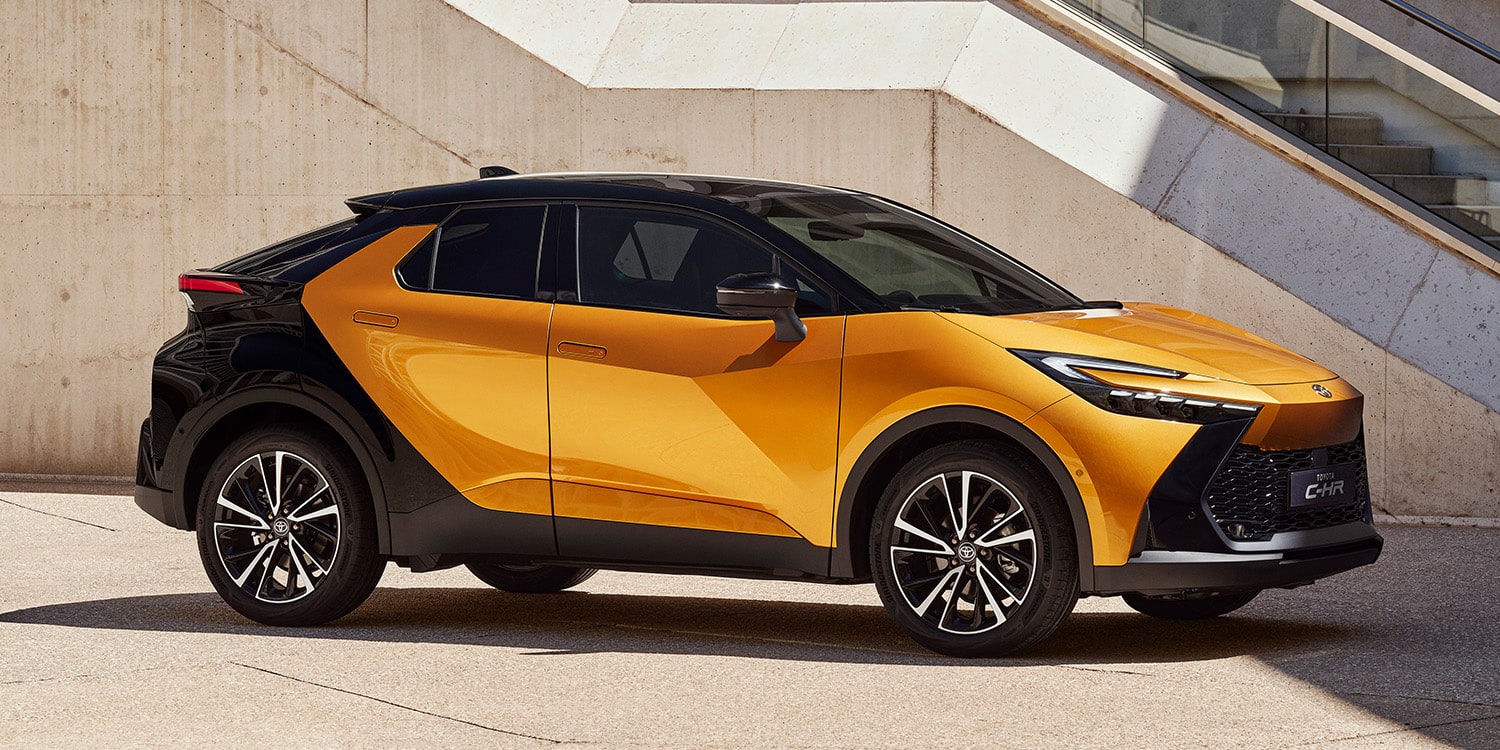Top key points of the media report on hybrid car sales in the USA:
- Hybrid sales in the USA have doubled since 2020.
- Hybrids are a bridge to electrification.
- Automakers like Ford are realizing the popularity of hybrids and are introducing more hybrid options in their lineup.
- Toyota’s hybrid sales in 2023 are expected to be over 600,000 units – a 7.5% rise compared to 2022.
- Hybrid sales in the USA are approaching 1.4 million vehicles this year, compared to 1.2 million EVs.
- Hybrids control 9% of the American car market, with EVs trailing at 8%.
This data paints an interesting picture of the automotive landscape in the USA, highlighting a few key takeaways:
- Infrastructure Challenges: The preference for hybrids over pure EVs appears to be largely driven by concerns about charging infrastructure. An effective charging network is essential for the widespread adoption of EVs, and if there are gaps or inconveniences, many consumers might feel more comfortable with the safety net of a gasoline engine alongside an electric one.
- Economic Factors: The higher initial cost of many EVs, compared to hybrids or traditional combustion engines, can be a deterrent for many buyers, especially if the potential savings from reduced fuel consumption and maintenance don’t offset the higher upfront price within a desired time frame.
- Transitionary Technology: As Jeff Schuster suggested, hybrids can be seen as a bridge technology. They offer consumers a taste of electrification without the need for full commitment. This allows for a smoother and gradual transition as consumers get accustomed to electric propulsion, and as the charging infrastructure and range of EVs improve.
- OEM Response: Ford’s realization and response, as highlighted by Jim Farley’s comments, indicate that car manufacturers are paying attention to consumer preferences and are willing to pivot their strategies accordingly. The rise in hybrid popularity, even for newer models like the Maverick, may lead more automakers to focus on hybrid technologies in the short to mid-term.
- Toyota’s Success: Toyota, a pioneer of hybrid technology with its Prius model, continues to see growth in this segment. Their consistent push for hybrids, alongside their cautious approach to full EVs, seems to be in line with current consumer preferences in the US.
- Overall Market Share: The figures indicating that hybrids control 9% of the American car market with EVs at 8% are quite significant. While EVs have gained significant attention and have seen rapid growth, hybrids remain a strong and growing segment of the market.

Conclusion
The current trend in the U.S. automotive market highlights a preference for hybrid vehicles over full-electric vehicles, driven mainly by concerns about charging infrastructure and the higher initial costs of EVs. Companies like Ford are pivoting to accommodate this unexpected demand for hybrids.
While both hybrids and EVs are increasing their market share, hybrids currently edge out with a slight lead. However, the landscape is fluid and influenced by numerous factors, including technological advancements, government policies, and evolving consumer preferences. As the industry stands at a pivotal juncture, the eventual dominance of one technology over the other remains uncertain, making it a crucial space to watch in the coming years.
It’s essential to understand that consumer preferences can change rapidly, especially as technology evolves and new solutions emerge to address current barriers. The trajectory of hybrids and EVs will likely be influenced by factors such as improvements in battery technology, governmental incentives and regulations, oil prices, and the evolution of the charging infrastructure.
The automotive industry is at an inflexion point, and it will be interesting to watch how these dynamics play out over the next decade.





































